
Witness Testifying Before Committee
This document provides a summary of the proceedings from the recent Congressional hearing concerning Unidentified Aerial Phenomena (UAPs), held in 2024. The hearing was convened to address growing public interest and national security concerns surrounding UAPs—often referred to as UFOs—and to foster greater transparency regarding government investigations into these phenomena, including the possibility of extraterrestrial technology or life. Witnesses testified about their experiences and perspectives on this complex issue, aiming to shed light on areas where understanding remains limited.
The core discussion centered on the critical need for a more systematic and evidence-based approach to studying UAPs. Participants highlighted deficiencies in current data collection methods, emphasized the importance of declassification efforts within government institutions, and debated how to balance national security with public access to information. Testimony included accounts of observed UAP sightings, alongside proposals designed to enhance transparency and accountability related to future investigations and reporting procedures. Notably, the hearing also addressed the existence of a classified program reportedly dedicated to the recovery and potential reverse-engineering of UAP technologies.
Ultimately, this transcript reflects an in-depth examination of the challenges and opportunities associated with UAP investigation. Key themes included securing adequate funding for research, improving data gathering from both military and civilian sources (particularly regarding aviation safety), and assessing the broader implications of UAPs for national security and scientific advancement. Witnesses consistently underscored the value of encouraging widespread public reporting of UAP incidents as a vital step towards comprehensive understanding.
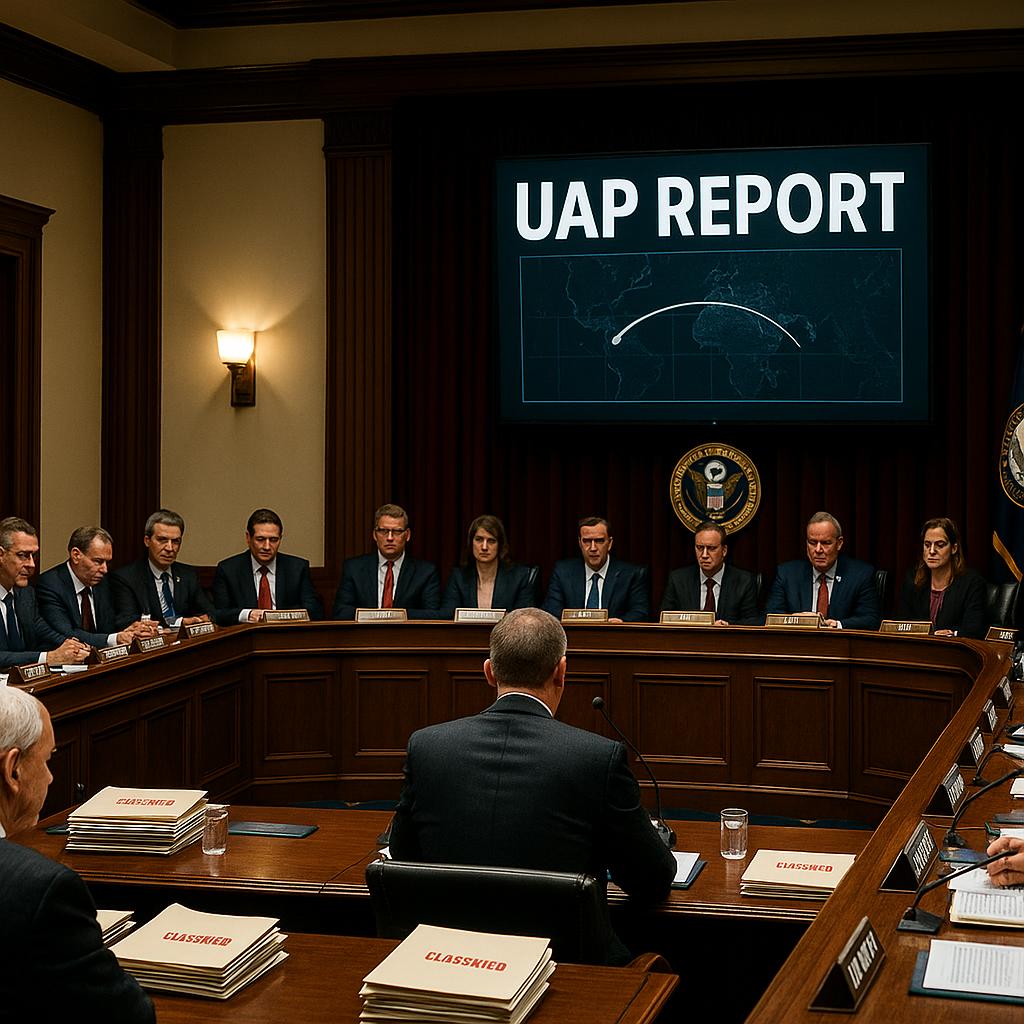
This chapter covers a historic joint hearing of two U.S. House subcommittees, co-chaired by Chairwoman Nancy Mace and Chairman Glenn Grothman, convened to address growing concerns over Unidentified Aerial Phenomena (UAPs). The hearing sought to increase transparency about government programs and reports long regarded as shrouded in secrecy. Chairwoman Mace described the session as a crucial step toward accountability, praising colleagues who had pushed relentlessly for answers about sightings reported by military pilots. The committee examined claims that some UAP encounters involve technology beyond current scientific understanding or even non-human intelligence. Notable testimony referenced statements by figures like former National Security Advisor H.R. McMaster, who acknowledged phenomena that defy explanation, and Army Colonel Carl Nell, who suggested that non-human intelligence has interacted with humanity. Despite resistance from some within the government who feared disclosure, the committee insisted on confronting the issue openly to serve the public interest.

A congressional hearing on unidentified aerial phenomena (UAPs) is held to discuss the topic and gather information. The chairman of the committee expresses gratitude for the witnesses' attendance and notes that the hearing builds upon a previous public hearing. The discussion focuses on the lack of understanding regarding UAPs, the importance of transparency in government institutions, and the need for evidence-based inquiry.
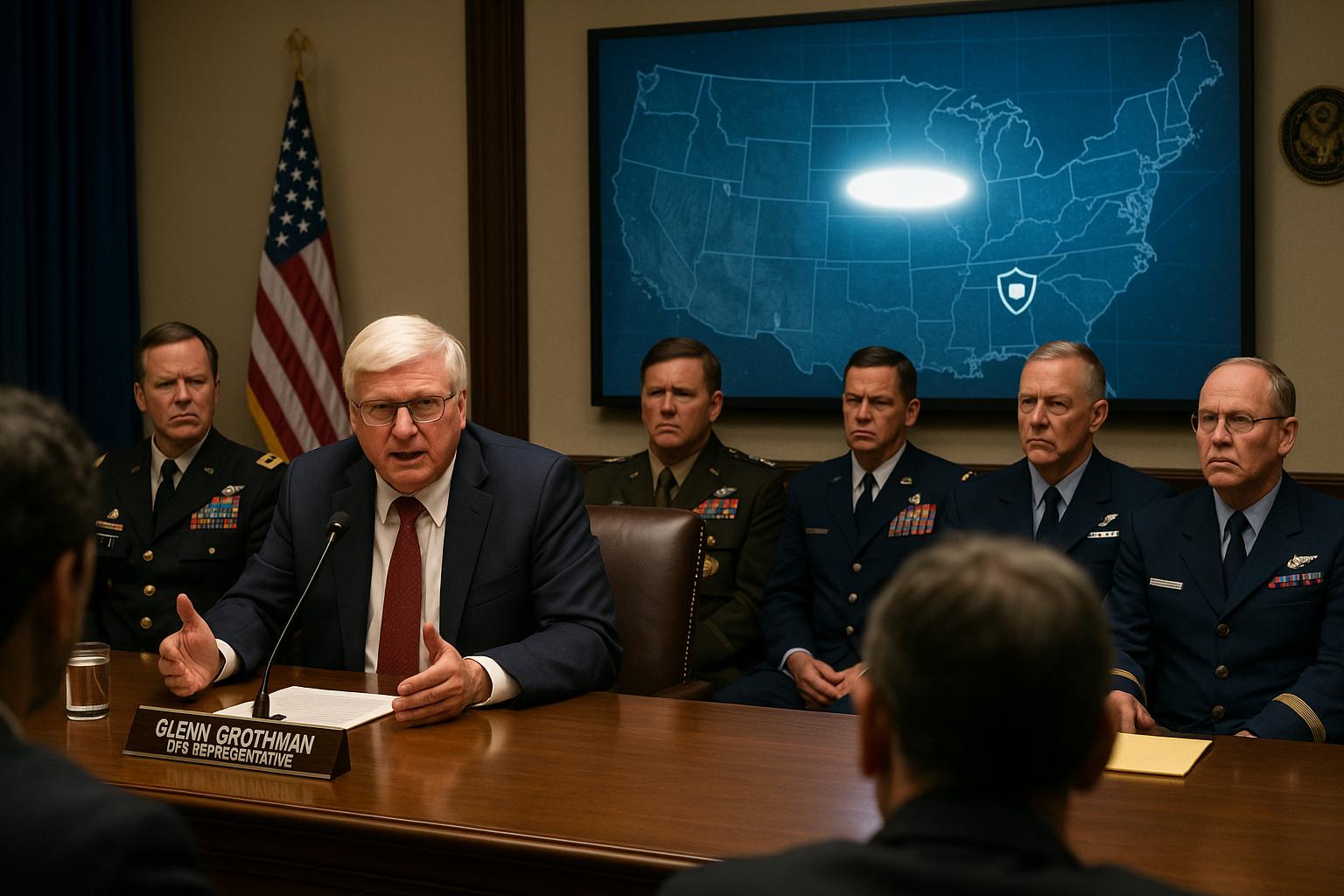
The transcript excerpt discusses the importance of transparency and bipartisanship in addressing unidentified aerial phenomena (UAPs) and their implications on national defense. It highlights the need for updated policies, effective interagency cooperation, and intelligence sharing to address emerging threats. The speakers also emphasize the importance of respecting national security limits while providing information and oversight to the public.
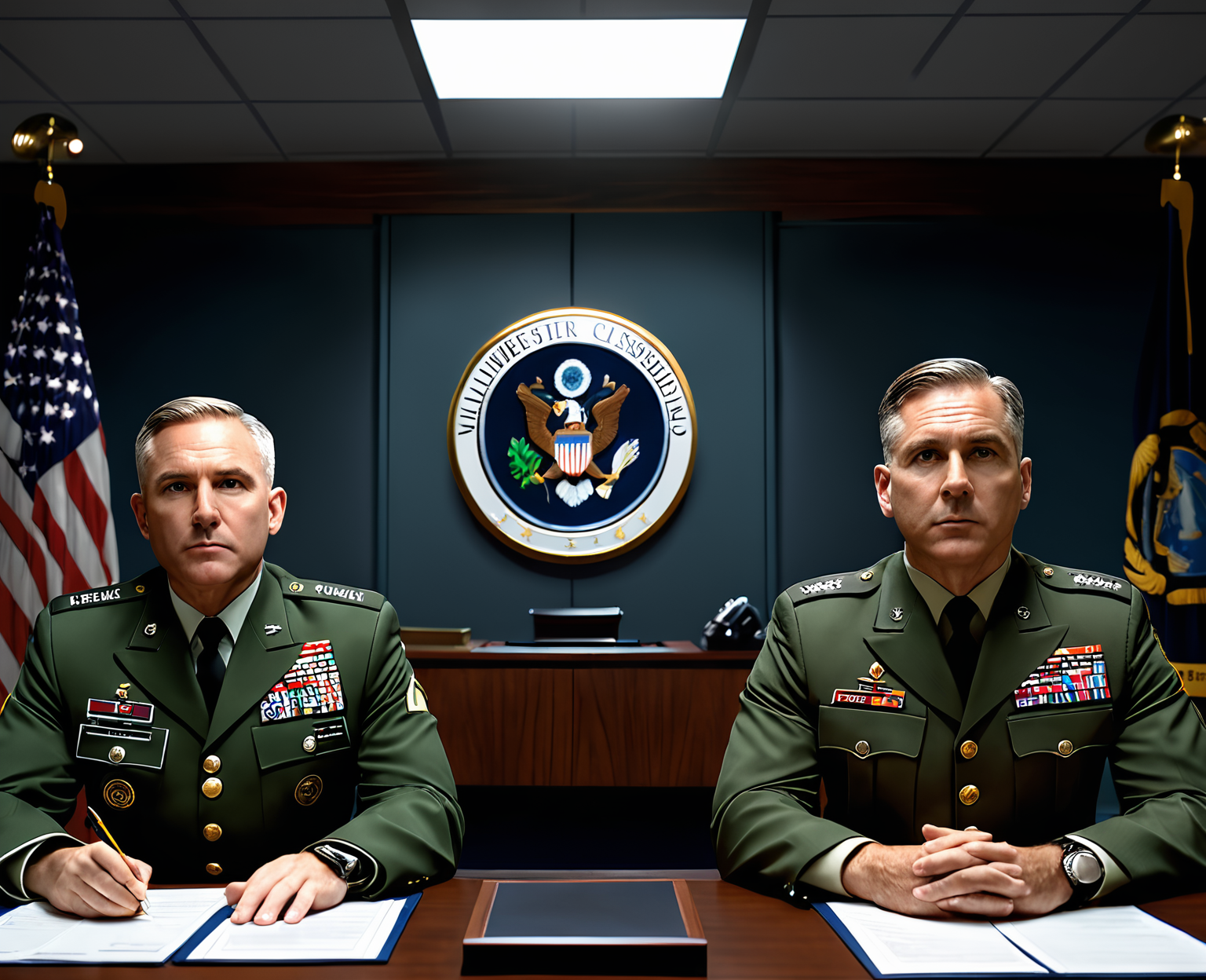
Former Navy commander Rear Admiral Gallaudet testifies before a congressional committee about his experience with unidentified aerial phenomena (UAPs) during a naval exercise off the US East Coast in 2015. He discusses how UAP information is being withheld from senior officials and members of Congress, and recommends establishing robust oversight, enacting the UAP Disclosure Act, and mandating a whole-of-government approach to addressing UAP.
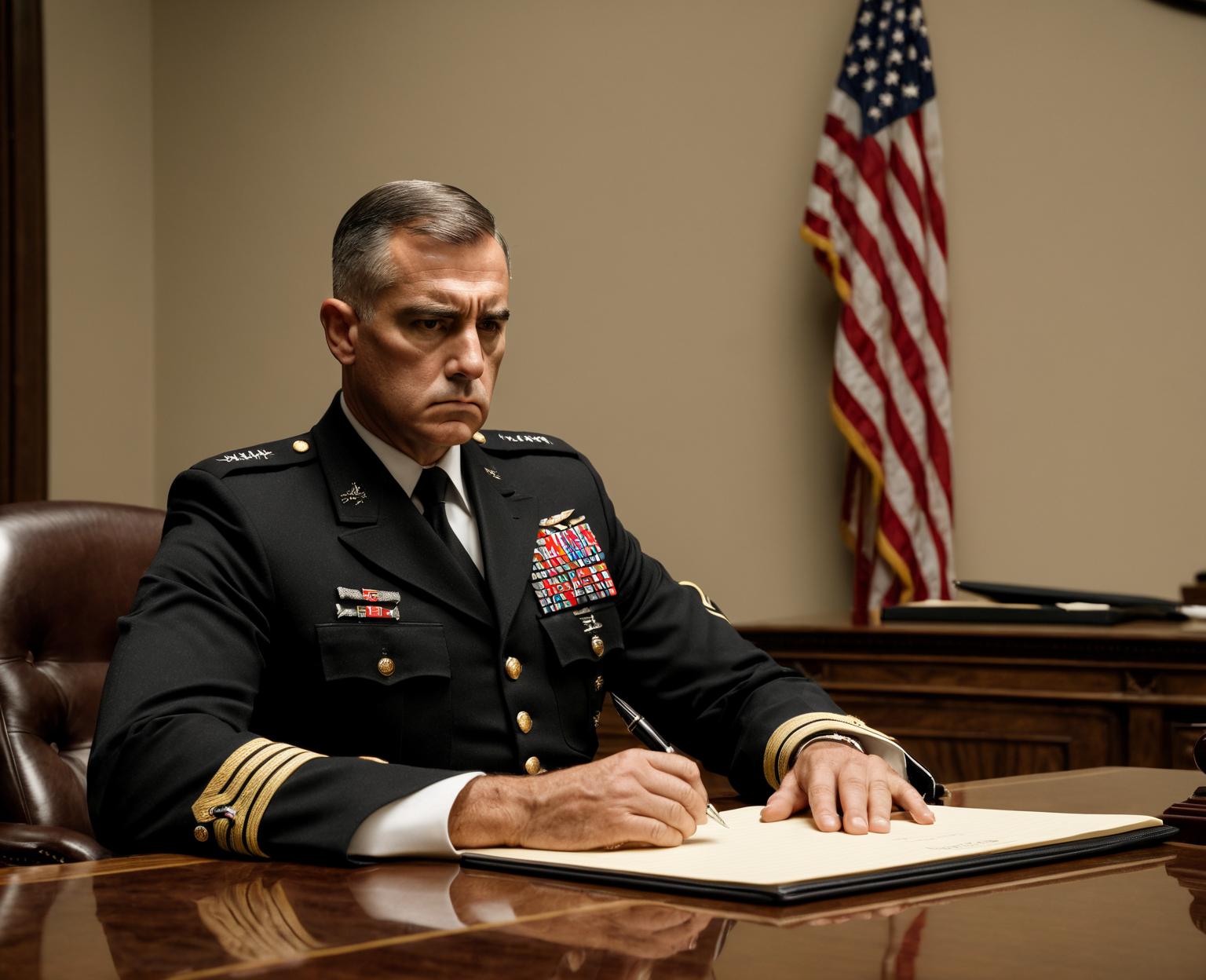
A former government official testifies before a congressional committee on the existence and secrecy surrounding unidentified anomalous phenomena (UAP), formerly known as UFOs. The witness recounts their experiences and proposes measures to increase transparency and accountability in UAP-related matters, highlighting concerns about misallocated funds, hidden information, and whistleblower retaliation.
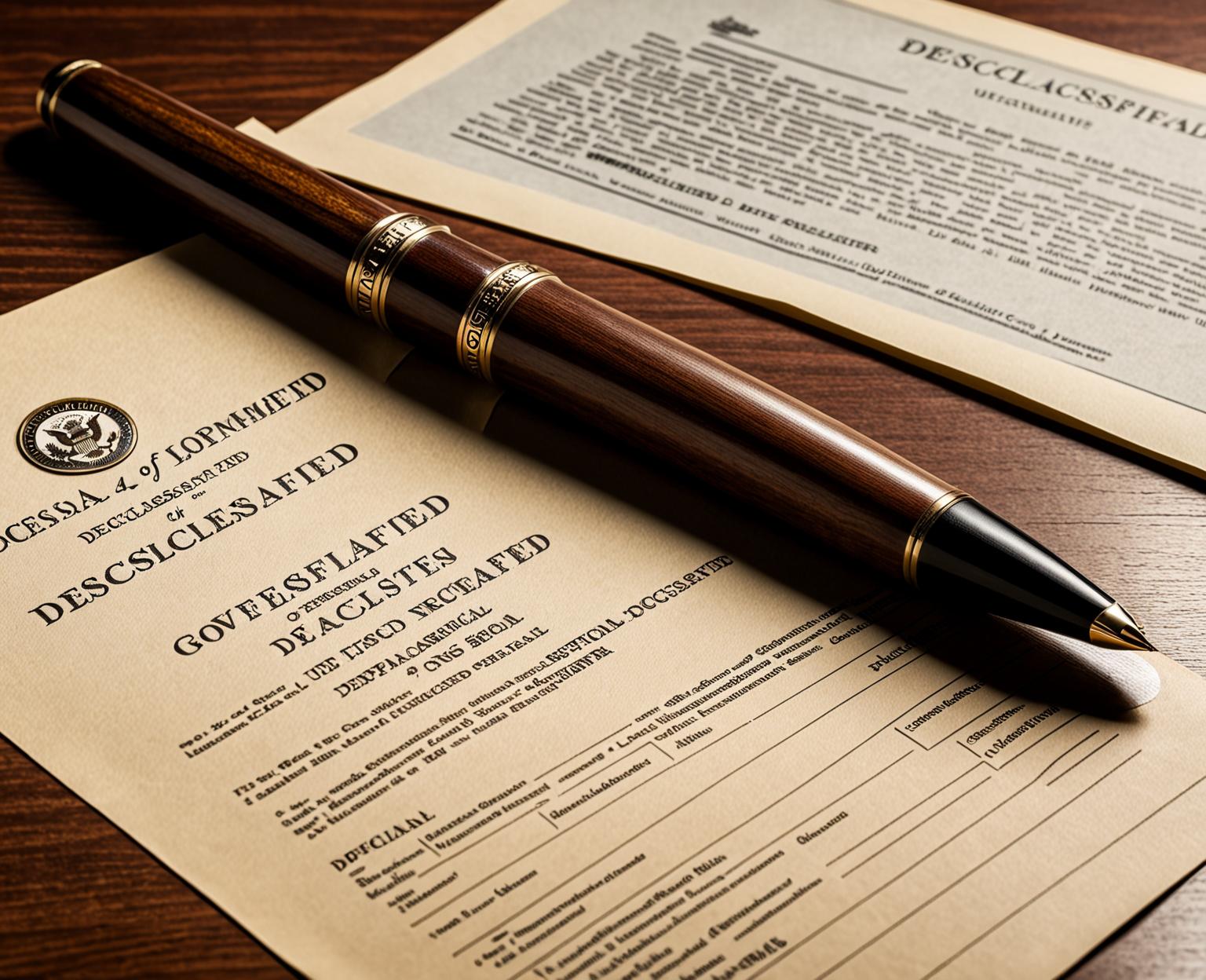
The transcript reveals a report that suggests the US government has been managing UAP (Unidentified Aerial Phenomenon) issues without congressional knowledge, oversight, or authorization for decades. The report details various UAP sightings, including orbs and disks, and describes incidents where UAPs interacted with military aircraft. It also highlights the struggle of a leading UAP researcher to obtain information from the government through FOIA requests.
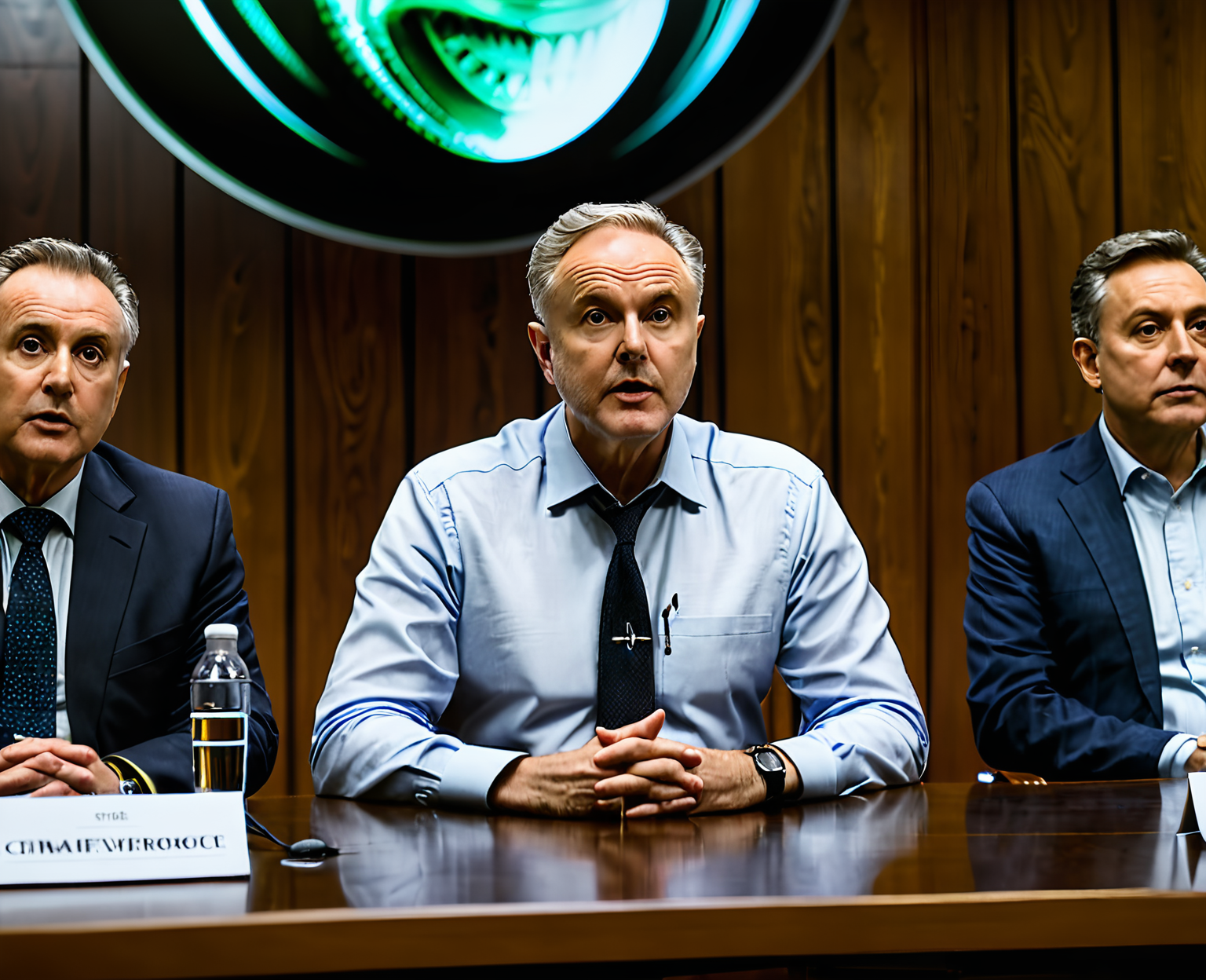
The transcript excerpt from a hearing on Unidentified Aerial Phenomena (UAP) features testimony from Mr. Elizondo and questions from Speaker 15. Mr. Elizondo discusses the lack of clear reporting processes for UAP sightings, suggesting the use of NASA's Aviation Safety Reporting System to collect data. He also shares information about advanced technologies monitoring military installations and secret UAP crash retrieval programs.
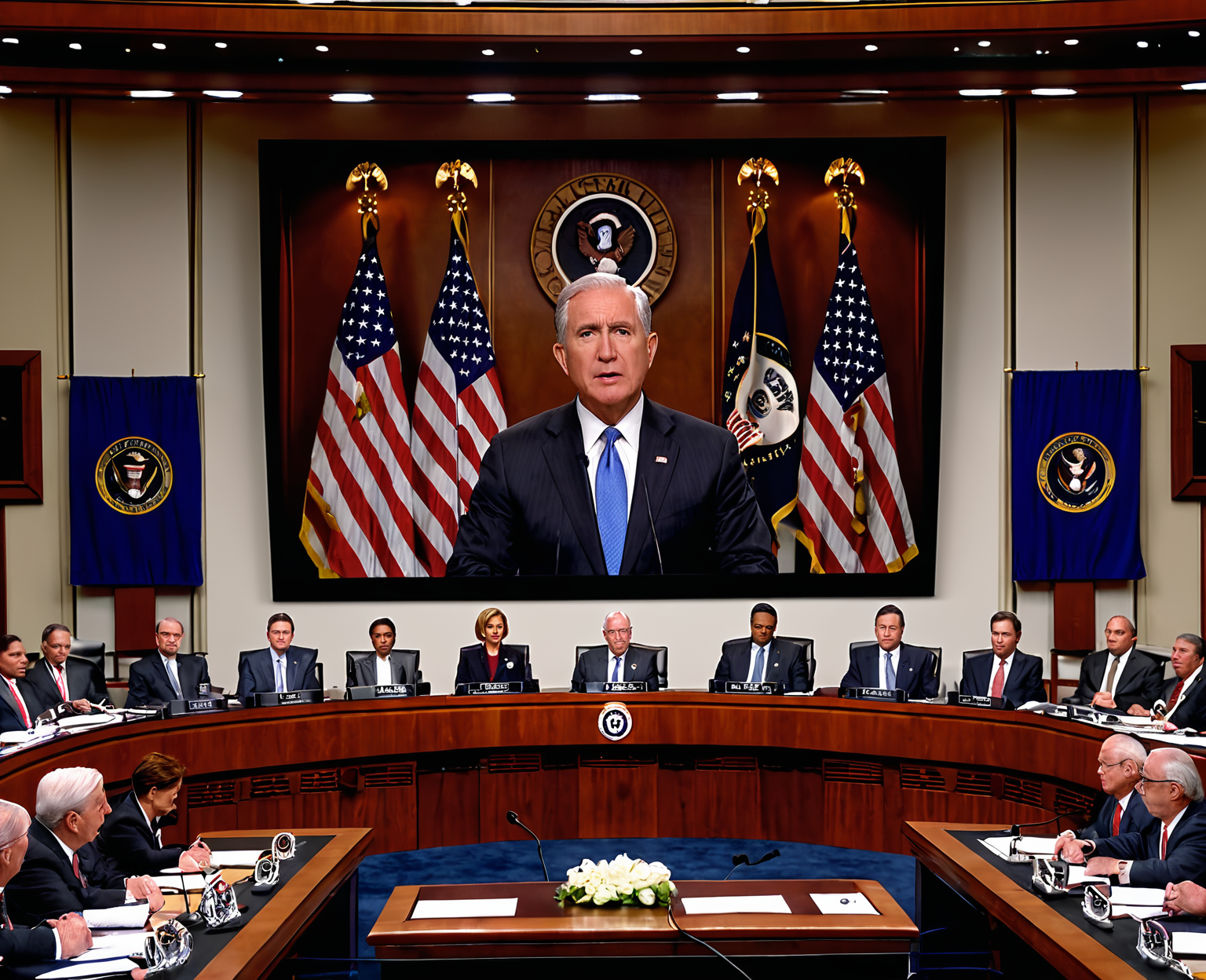
The transcript excerpts reveal a congressional hearing on unidentified aerial phenomena (UAP) where witnesses discuss government secrecy, document signing, and potential disinformation campaigns. Dr. Elizondo, a former counterintelligence special agent with a legitimate background, shares his experience signing a classified document that restricted his ability to discuss certain UAP-related topics. The conversation also touches on specific incidents, such as the Omaha event, and the reluctance of government agencies to release information on UAP sightings.
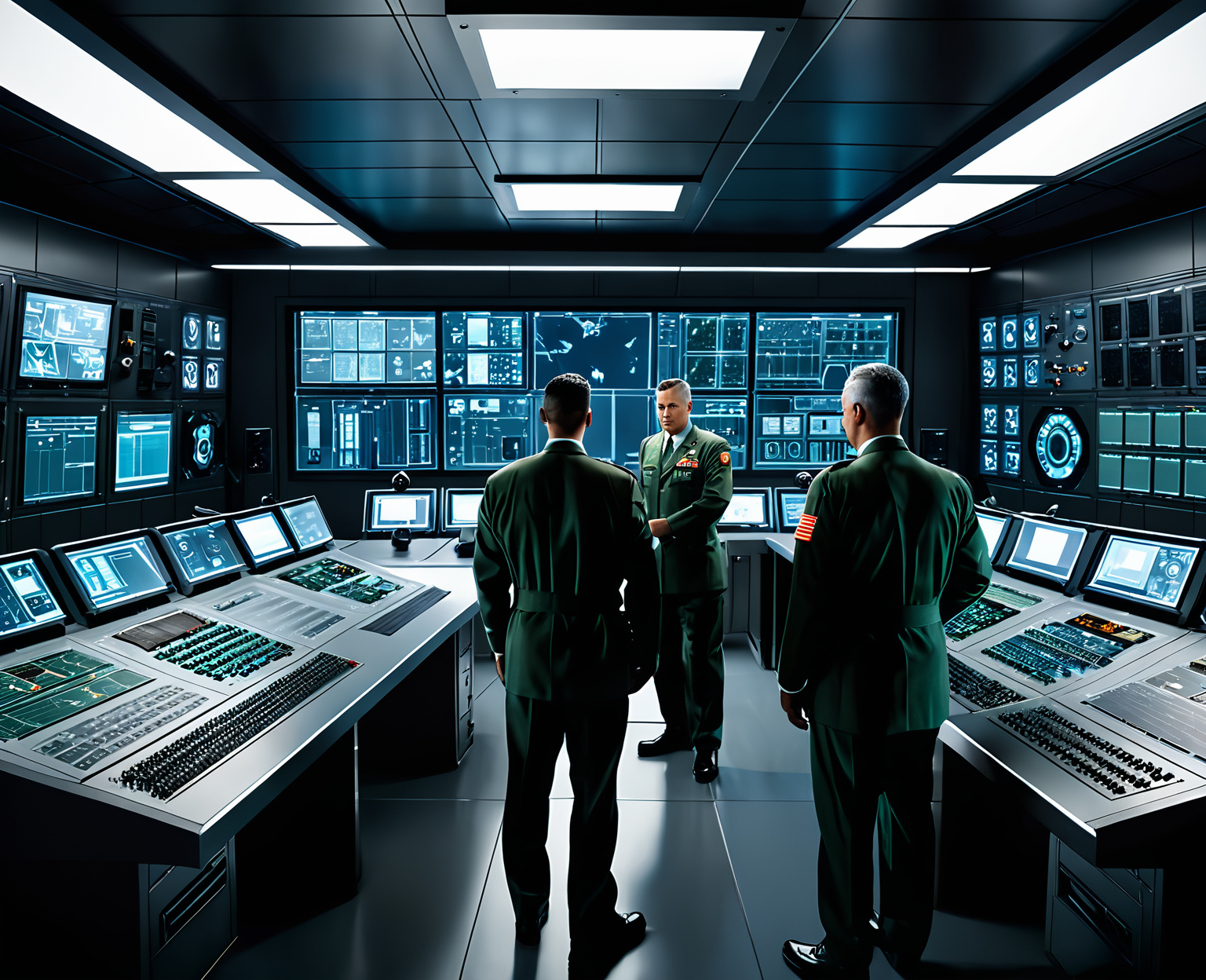
A former Pentagon official shares his experiences with the Department of Defense's All-Domain Anomaly Resolution Office and discusses the frequent reporting of UAP sightings over military installations. He also touches on the existence of a highly classified program dedicated to recovering and reverse-engineering UAP technologies, citing unnamed government whistleblowers as sources. The conversation delves into the frustration and enigma surrounding these unidentified aerial phenomena, with some officials expressing concerns about national security and potential vulnerabilities in defense systems.
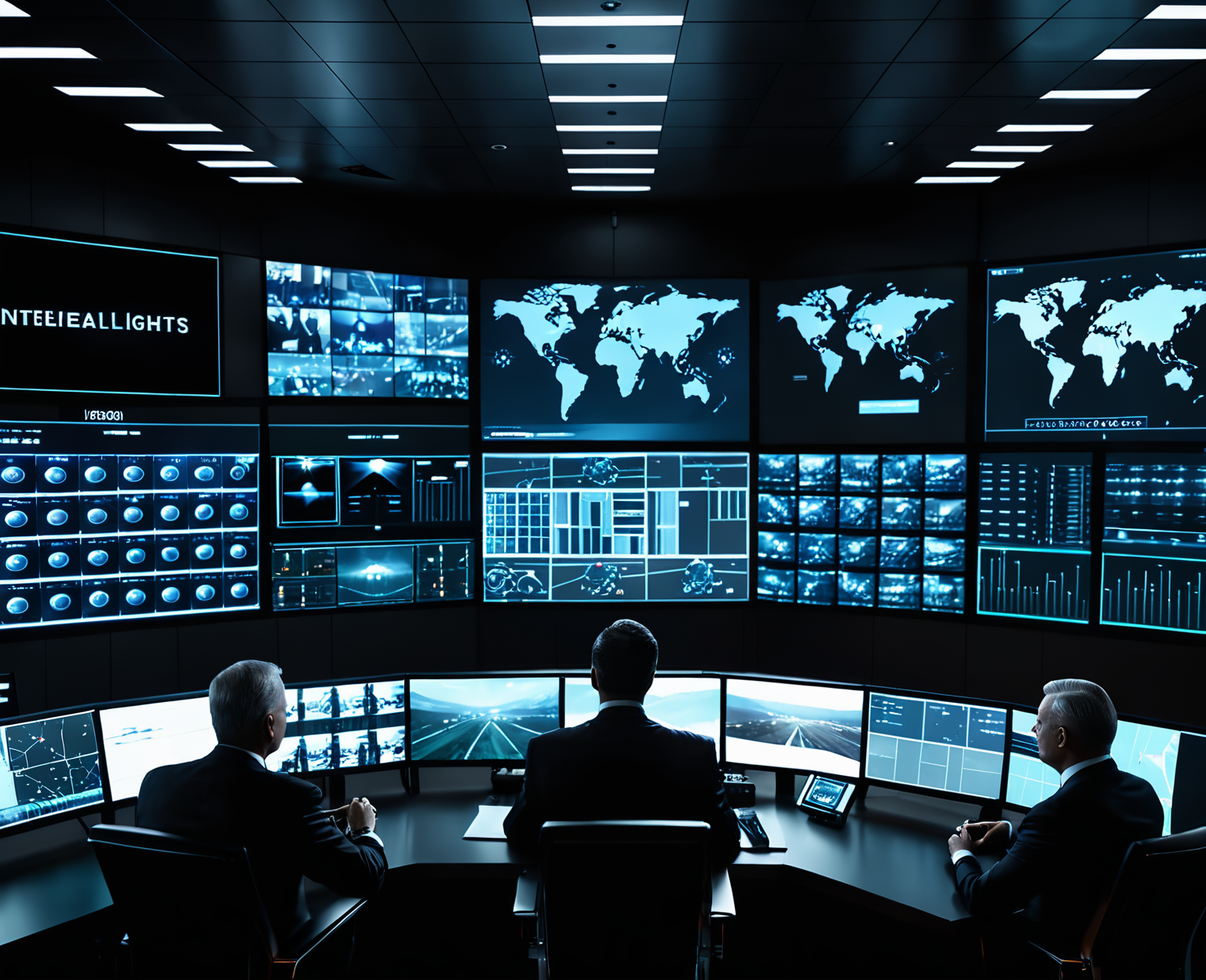
A former U.S. government official shares his experiences with unidentified aerial phenomena (UAPs), describing instances where objects exhibited characteristics unlike known technology. The conversation also delves into the existence of a federal agency, All Domain Anomaly Resolution Office (AERO), which conducts information operations about UAPs.
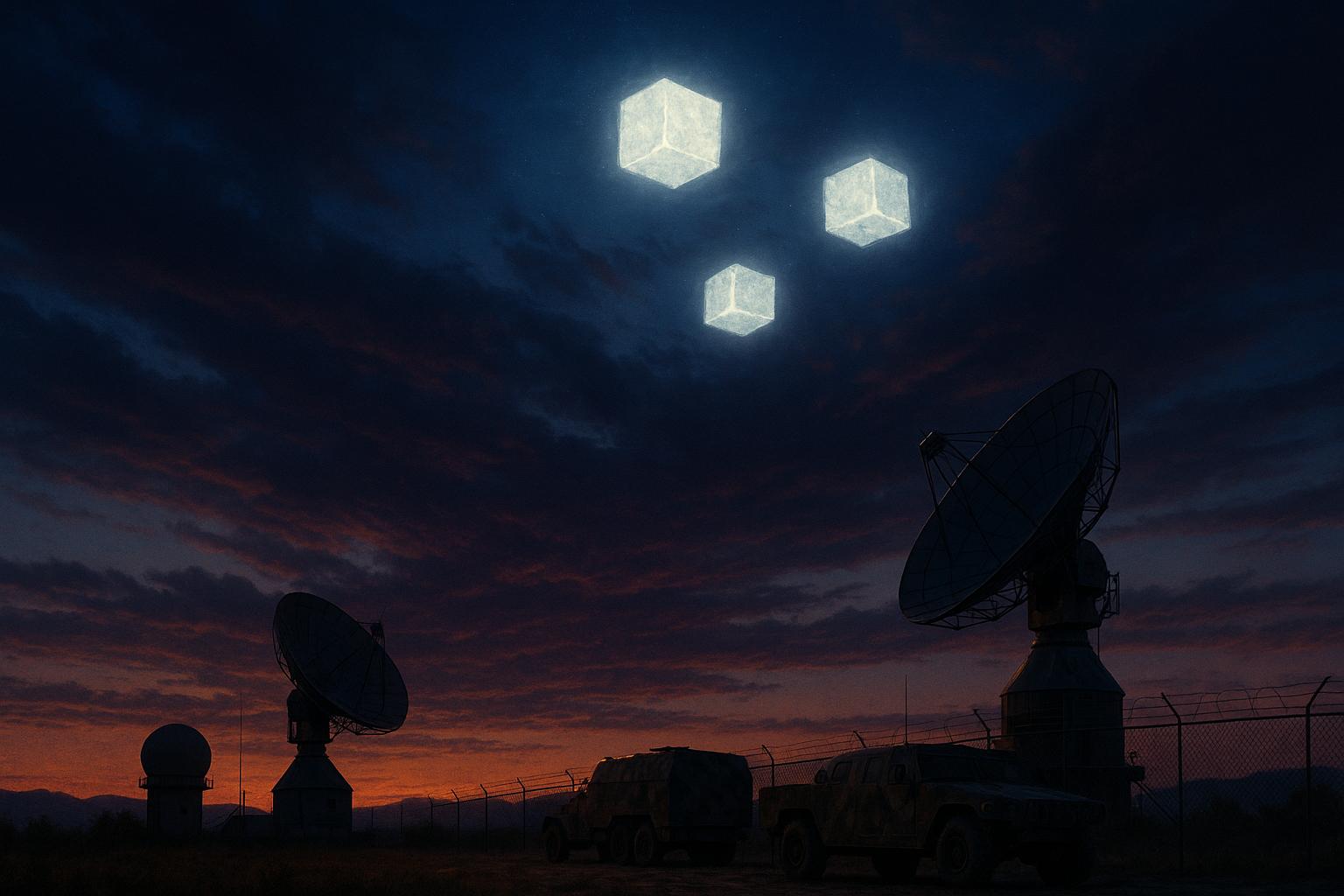
The conversation revolves around the investigation and study of Unidentified Aerial Phenomena (UAP), also known as Unidentified Flying Objects (UFOs). The speakers discuss the challenges in gathering data, the need for transparency and funding, and the potential implications of UAP sightings on national security.
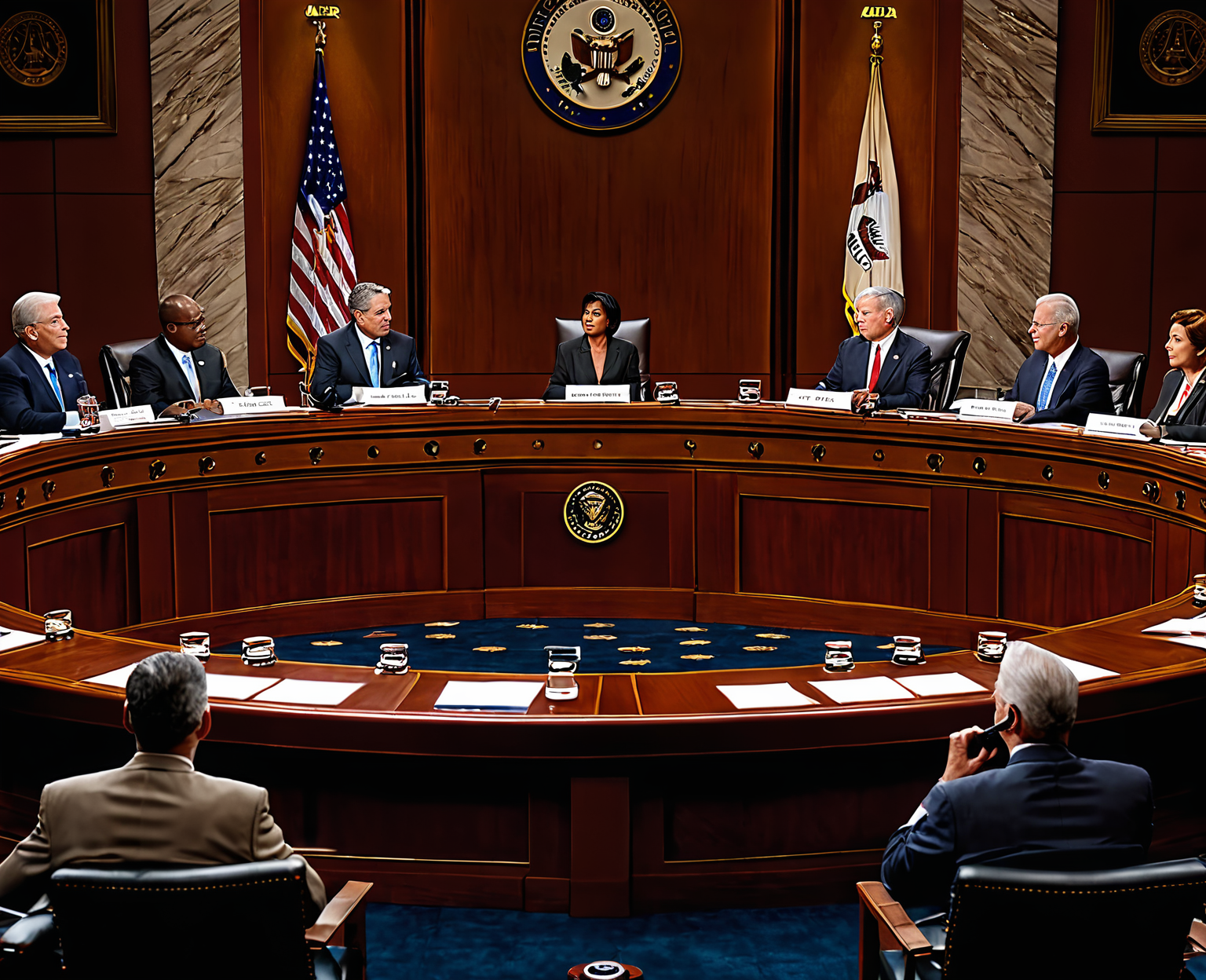
A congressional hearing on unidentified aerial phenomena (UAP) explores the possibility of extraterrestrial life and its implications for national security. The panelists discuss their experiences with UAP sightings and the importance of civilians reporting these incidents to improve aviation safety and advance scientific research.
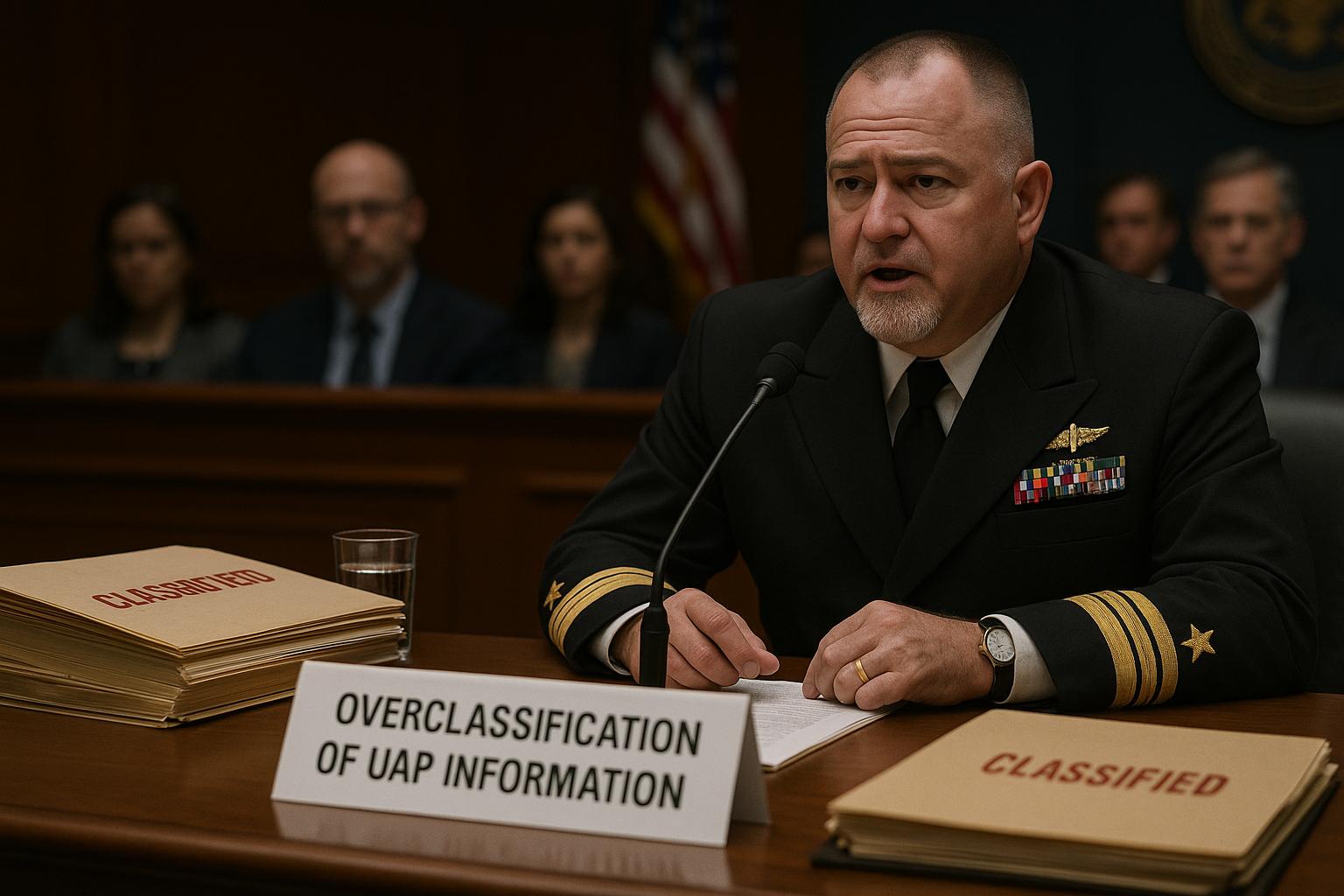
A committee discusses overclassification of UAP information by government agencies, with Admiral Elizondo explaining that excessive secrecy has led to grave misdeeds against loyal civil servants, military personnel, and the public. The witnesses share their perspectives on why the federal government might be overclassifying this information, citing historical context, philosophical arguments, and institutional blockages of scientific ideas.
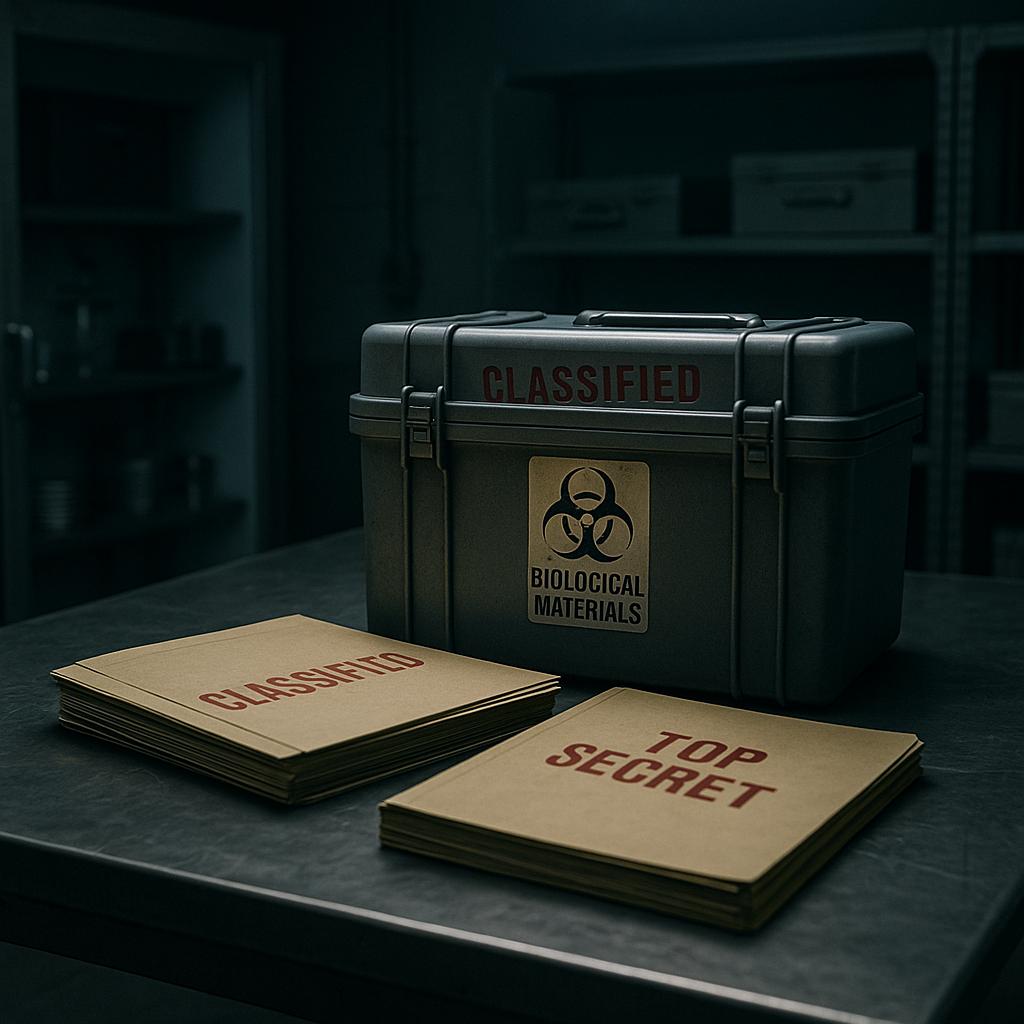
The transcript excerpt features an interview with a witness, Mr. Elizondo, who discusses his experiences and observations regarding Unidentified Aerial Phenomena (UAP). He provides insights into the U.S. government's involvement, the existence of biological samples, and the potential for non-human life forms to communicate.
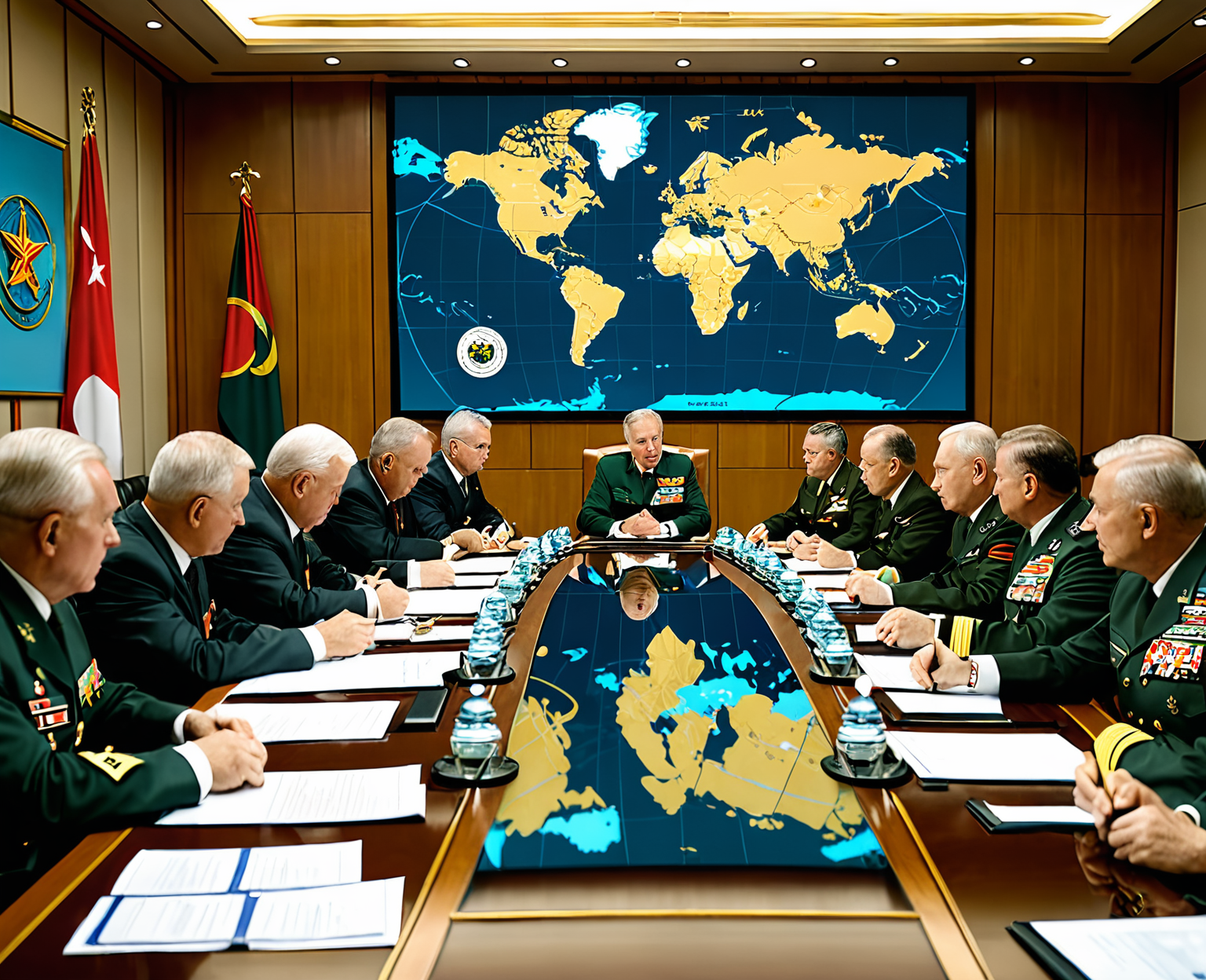
The hearing transcripts reveal discussions on UAPs, their potential connection to China or non-human entities, and the need for authorities to address these issues. The conversation also touches on the Pentagon's Immaculate Constellation program and its relationship to UAP activities in oceanic environments.
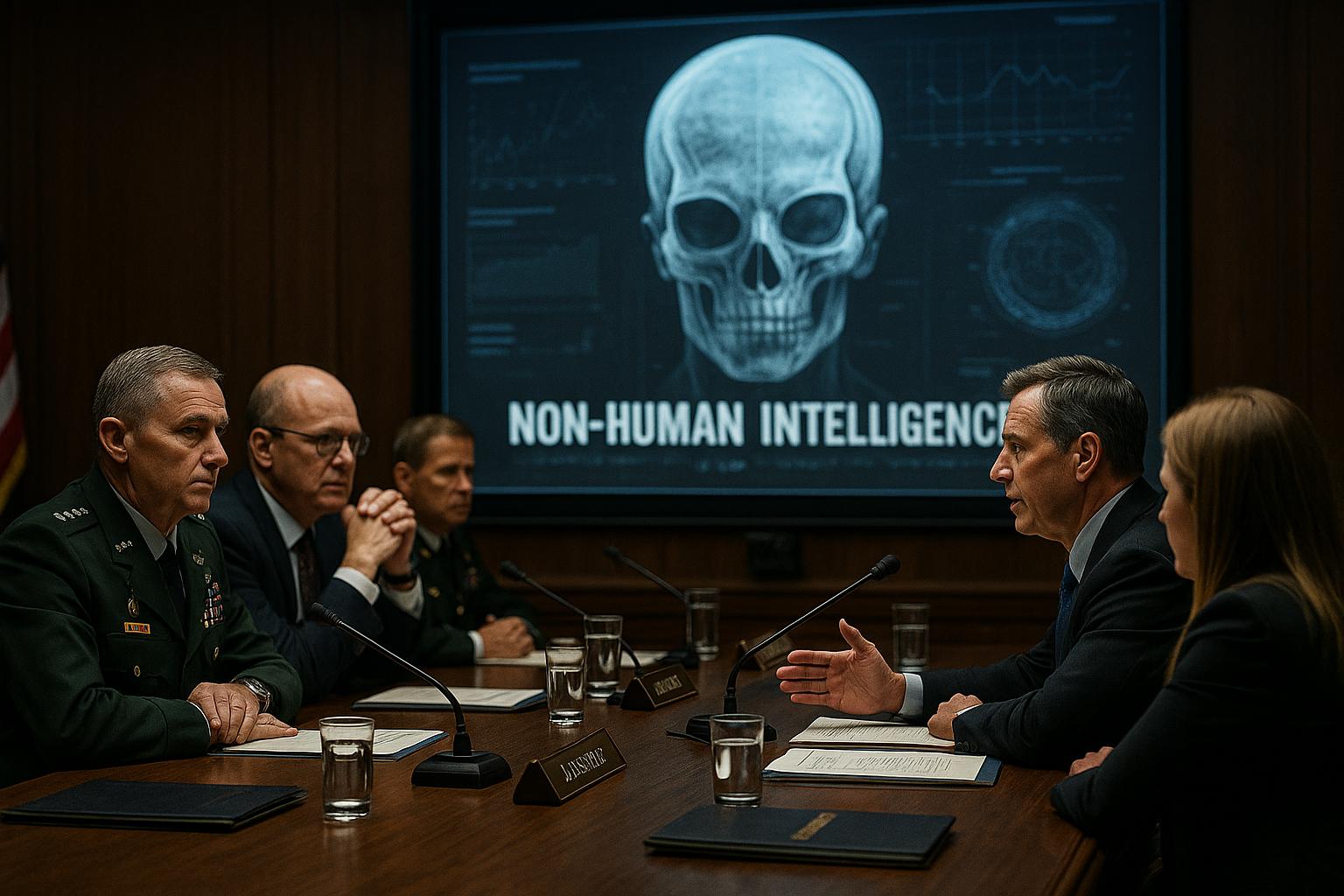
The transcript excerpt details a hearing on Unidentified Aerial Phenomena (UAPs) where experts discuss their experiences and concerns. Lockheed Martin's involvement in UAP research is touched upon, as well as the potential risks to pilots and national security. The discussion also delves into the definition of non-human intelligence, with some panelists suggesting that it might not be biological.
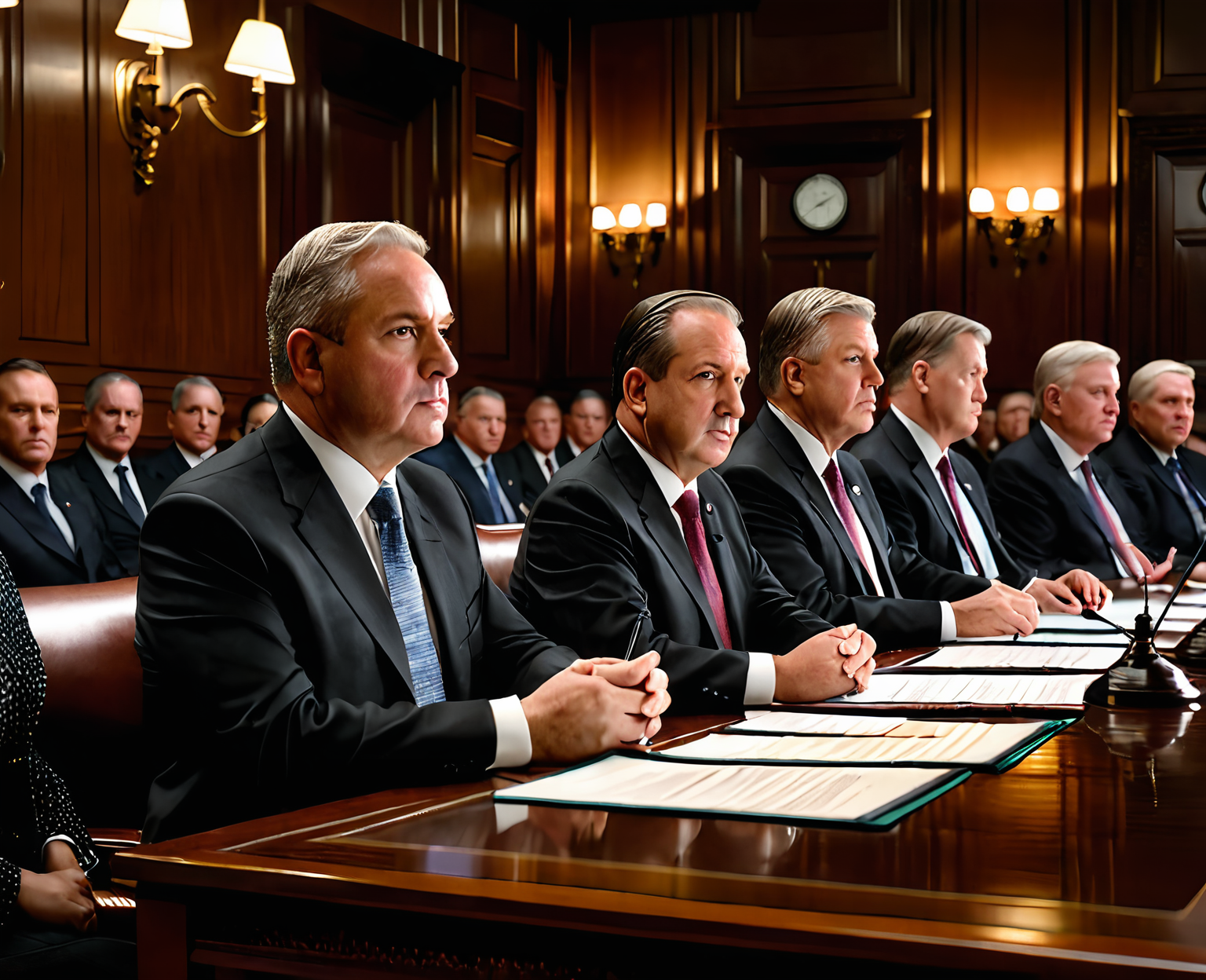
The Congressman expressed concern over the lack of transparency regarding unidentified aerial phenomena (UAP), citing potential threats to personnel and national security. He emphasized the importance of oversight and accountability, suggesting that it is "criminal" for any entity to prevent Congress from accessing information about UAP. The subcommittee then adjourned without further business.